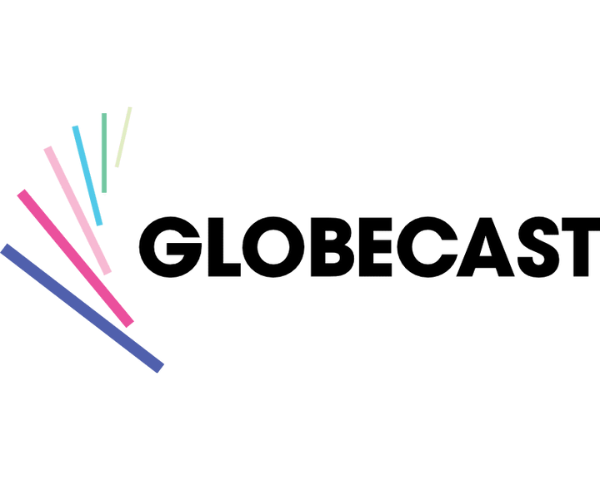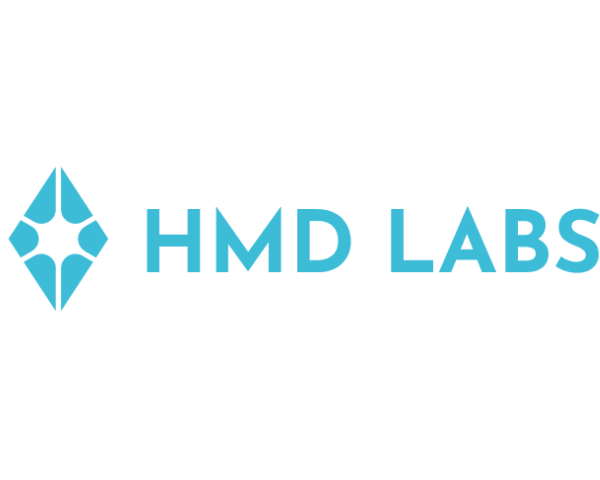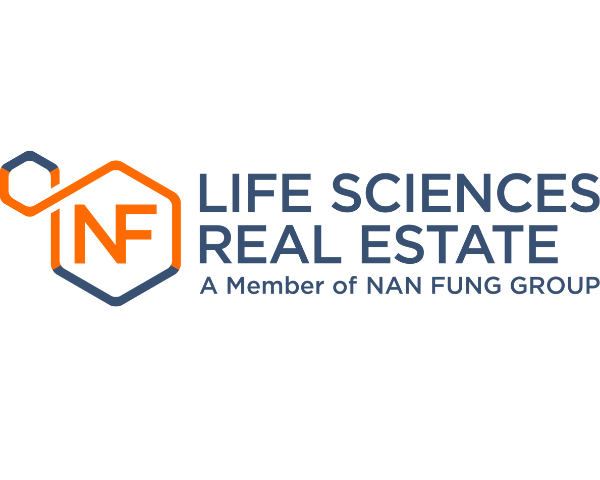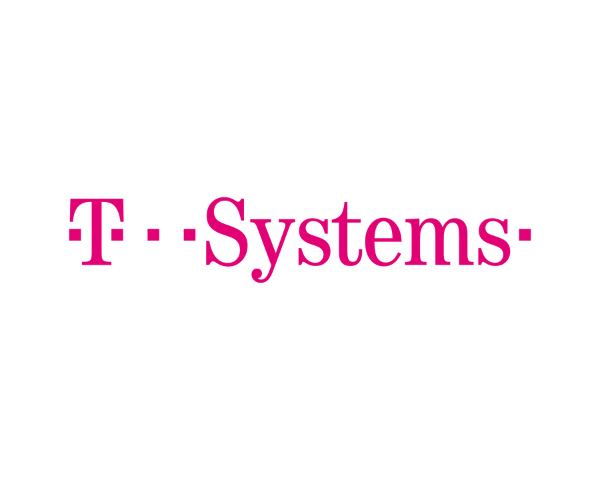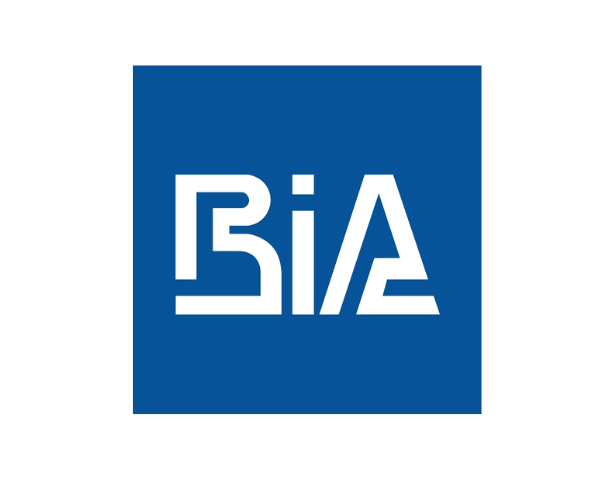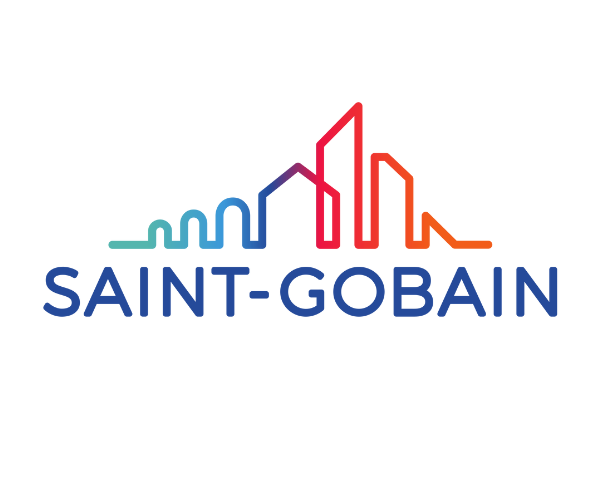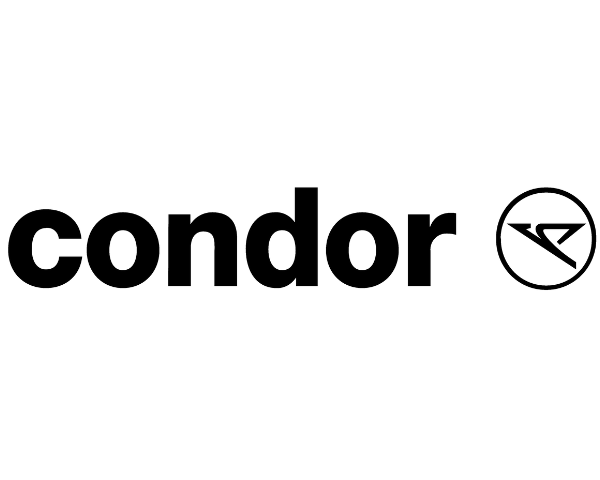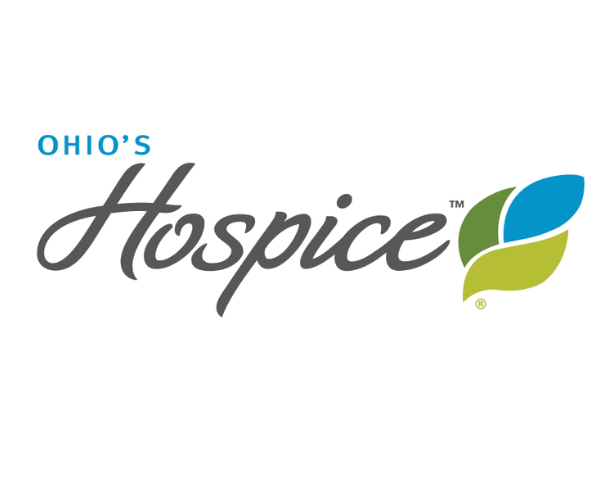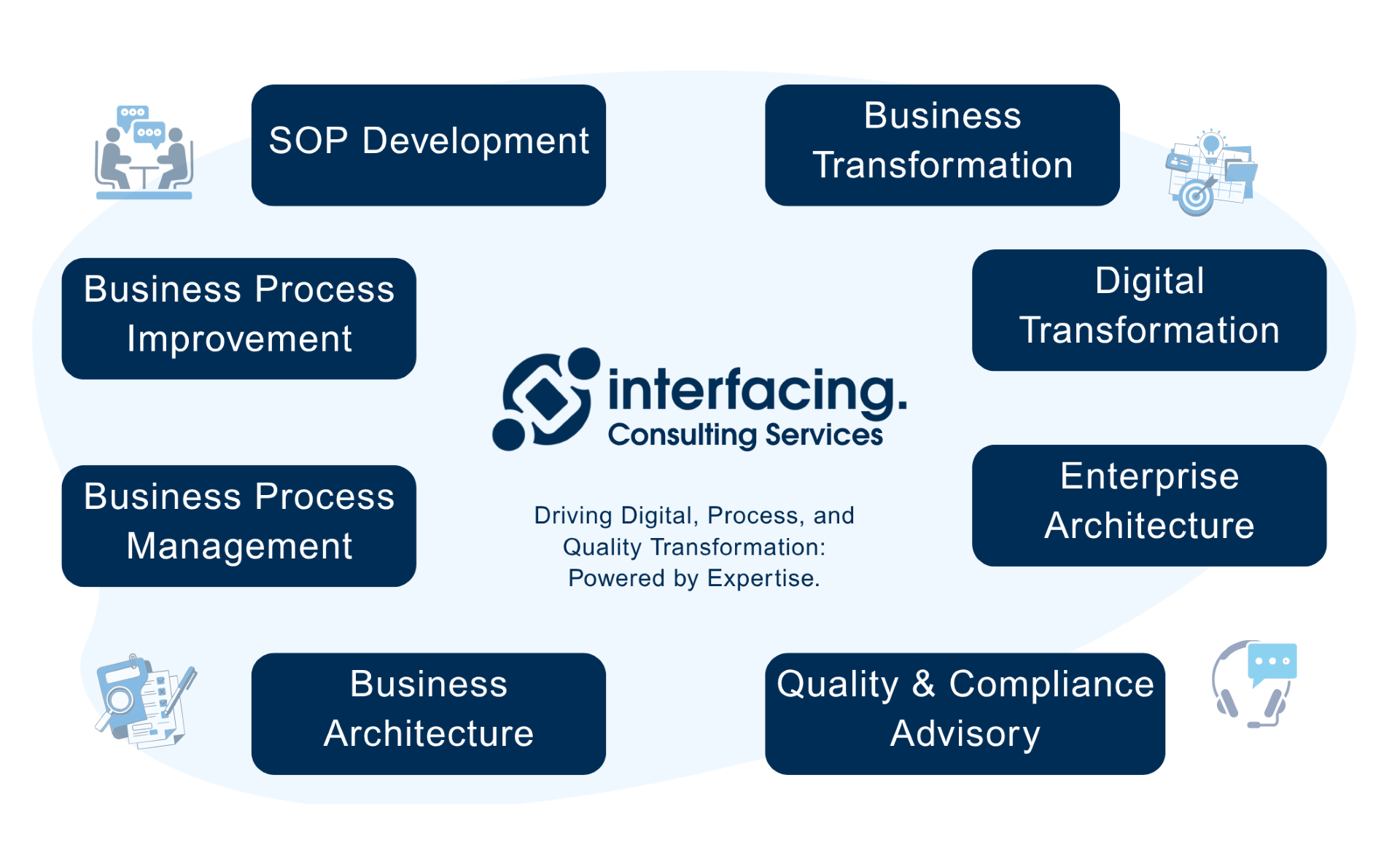- Business Process Management (BPM)Document Management System (DMS)Electronic Quality Management System (QMS)Risk, Governance & Compliance (GRC)Low Code Rapid Application Development (LC)Business Continuity Management (BCM)Enterprise Architecture (EA)Business Process Management (BPM)Document Management System (DMS)
- Document Control Overview
- AI Content Creation & Improvement
- Policy & Procedure Management (SOP)
- AI Content Mining Parser
- Collaboration & Governance
- Data Migration & Integration
- Interfacing Offline App
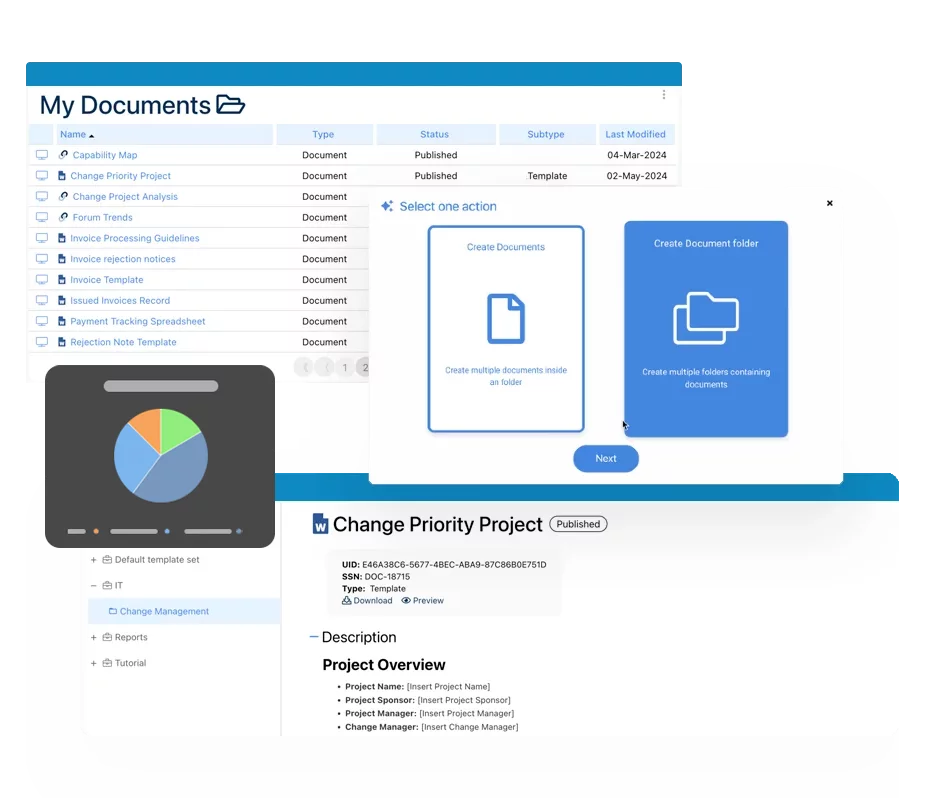 Electronic Quality Management System (QMS)
Electronic Quality Management System (QMS)- Quality Management System Overview
- Document Control & Records Management
- Audit & Accreditation Management
- Corrective & Preventative Action
- Quality Event (Non-conformity / Complaint/ Compliance)
- Risk Management
- Incident Management
- Environmental Health & Safety
- Product & Supplier Management (SCAR)
- Training Management
- Control Management
- Action Items Management
- Management Review
- FMEA
- Pharmacovigilance
- Data Migration & Integration
 Risk, Governance & Compliance (GRC)
Risk, Governance & Compliance (GRC)- Risk, Governance & Compliance Overview
- Risk & Control Management
- Regulatory Compliance
- Collaboration & Governance
- Data Migration & Integration
- Interfacing Offline App
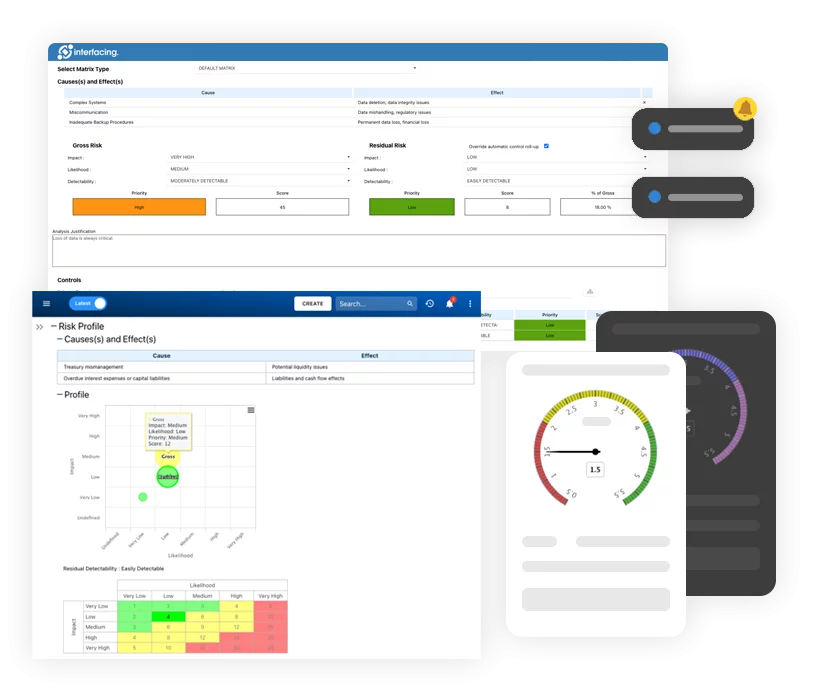 Low Code Rapid Application Development (LC)
Low Code Rapid Application Development (LC)- Low Code Automation Platform Overview
- Electronic Web Form Design (eFORMS)
- Database Table Entity Designer
- System Integration Designer
- Design & Manage Tasks
- Design & Manage BPMS Apps
- Custom Rules/Guards/Actions
- Electronic Services
- User Homepage
- BAM (Business Activity Monitoring)
- Custom Dashboard Design
- Data Migration & Integration
 Business Continuity Management (BCM)
Business Continuity Management (BCM)- Business Continuity Management Overview
- Business Impact Analysis
- Disaster Recovery Simulation
- Action Item Management
- Mass Notification Management
- Asset Management
- Interfacing Offline App
 Enterprise Architecture (EA)
Enterprise Architecture (EA) - IndustriesRegulatory ComplianceUse CasesLearning CenterFramework & PracticesIndustries
- Healthcare
- Medical Device Technology
- Life Science, Pharmaceutical
- Aerospace & Defense
- Airlines and Aviation
- Media & Telecommunications
- Government and Military
- Technology
- Energy
- Logistics & Port Operations
- Banking & Capital Markets
- Retail & Consumer
- Consulting
- Education
- Engineering & Construction
- Manufacturing
- Financial Services
- Insurance
- Chemicals
Regulatory Compliance- Regulatory Compliance
- ISO
- ISO 9001 (guide)
- ISO 9001:2026 (preparation)
- ISO 17025
- ISO 27000
- ISO 27001
- ISO27002
- ISO 42001
- SOC 2 Type 1 & 2
- Sarbanes Oxley
- GxP
- GRC
- Basel
- Digital Signature
- GDPR
- IFRS
- NIST SP 800-53
 Use Cases
Use Cases- Quality Management System (QMS)
- Digital Transformation
- Continuous Improvement
- Governance, Risk & Compliance
- Knowledge Management
- System Deployment (ERP, CRM…)
 Learning CenterFramework & Practices
Learning CenterFramework & Practices - AboutCustomer SuccessPartners



ISO 45001: Strengthen Your Occupational Health & Safety Framework
Please Select contact form.
Mitigate workplace risks, protect your people, and digitize compliance through ISO 45001—powered by Interfacing’s integrated platform.

What is ISO 45001?
ISO 45001 is the international standard for occupational health and safety management systems (OH&SMS). It provides a framework for reducing workplace risks and fostering safe, healthy work environments. Published in 2018, ISO 45001 replaced OHSAS 18001 and aligned its structure with ISO 9001 and ISO 14001 to facilitate integrated management systems.
Organizations pursuing ISO 45001 often benefit from adopting a broader quality and compliance strategy, such as an integrated QMS platform.
Why ISO 45001 Matters Today
With increased attention to employee safety, mental health, and regulatory accountability, ISO 45001 compliance is more than a checkbox—it's a strategic advantage. This standard:
- Reduces workplace incidents and liabilities.
- Enhances workforce morale and retention.
- Aligns with ESG and sustainability reporting requirements.
- Increases operational resilience and reputation.
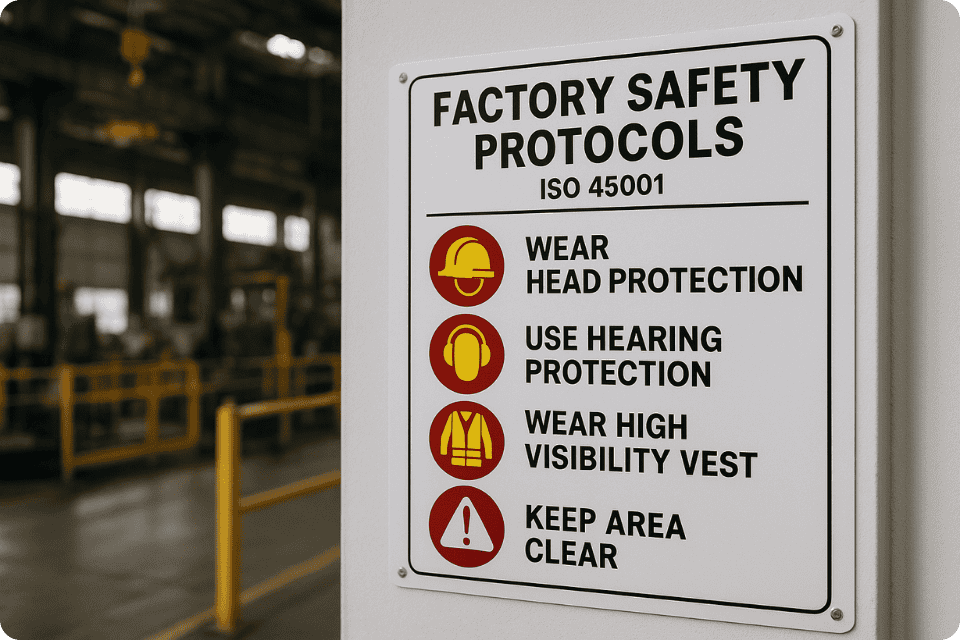

Real-World Use Case: Unifying Safety Compliance Across Borders
Client Profile
A leading multinational medical device manufacturer, operating across five countries in North America and Europe, faced a familiar challenge: fragmented health and safety practices across its regional facilities. Although each location had its own occupational health and safety procedures, there was no centralized governance, consistency in incident reporting, or unified training approach. This inconsistency exposed the company to compliance risks, potential liability, and operational inefficiencies.
The Challenge
While the company’s leadership was committed to worker safety, the lack of an integrated system made it difficult to align with ISO 45001 occupational health and safety compliance. Documented policies were scattered across departments. Internal audits revealed inconsistent application of hazard controls, and the head office struggled to maintain oversight of each region’s performance metrics. In one location, a minor but recurring injury type went unflagged for months due to siloed data and outdated reporting practices.
The Solution
The organization partnered with Interfacing to implement a digital transformation initiative focused on aligning their operations with ISO 45001. They began by digitizing their entire OH&S documentation library within Interfacing’s Digital Business Platform, enabling centralized access, version control, and audit traceability. AI-driven gap analysis tools mapped their current state against ISO 45001 clauses, immediately highlighting missing processes and documentation inconsistencies.
Risk assessments were standardized across all sites and integrated into live dashboards, providing real-time visibility into incidents, corrective actions, and training compliance rates. The AI capabilities of the platform flagged emerging incident patterns—such as the previously unnoticed repetitive strain injuries—and alerted managers to underlying root causes.
The Outcome
Within nine months, the company achieved ISO 45001 certification across all five regions—on the first attempt. Beyond compliance, they gained valuable organizational insights: employee-reported hazards increased due to easier digital reporting, and near-miss incidents dropped by over 30% thanks to more proactive interventions. Perhaps most significantly, the unified system fostered a stronger internal culture of accountability and engagement, where health and safety became part of the day-to-day operational rhythm rather than an afterthought.
The transformation not only met regulatory requirements—it reshaped how the company approached workplace wellbeing.
Relevant Industries: Who Needs It Most?
ISO 45001 applies across sectors, but the risk profile varies by industry. Here are key verticals where implementation is both critical and transformative:
Manufacturing
Hazards from heavy machinery, repetitive motion, and hazardous materials demand comprehensive safety controls and real-time monitoring. AI can track incident patterns and alert supervisors to emerging risks.
Healthcare & Life Sciences
From infection control to staff burnout, OH&S in healthcare extends beyond physical safety. Interfacing helps map SOPs, track near-misses, and manage compliance with overlapping standards like ISO 13485.
Aerospace & Defense
In highly regulated environments with stringent safety and supplier chain requirements, ISO 45001 ensures compliance across facilities and geographies. Interfacing’s audit traceability tools are essential here.
Construction & Engineering
Dynamic job sites and subcontractor networks require mobile-ready risk assessment tools, training workflows, and documentation accessible in the field.
Transportation & Logistics
Warehouse safety, fatigue management, and accident prevention are key. ISO 45001 frameworks help standardize safety protocols across regions, and Interfacing’s analytics can flag non-conformance hotspots.
Digital risk management systems can extend ISO 45001’s reach and ensure dynamic monitoring of workplace health and safety.

Steps to ISO 45001 Certification
Achieving certification is a multi-phase journey. Here’s how organizations succeed:
1: Gap Analysis
Use digital assessments to evaluate how current safety practices compare to ISO 45001 standards. AI tools can accelerate documentation audits and identify high-risk process gaps.
2: Define Scope and Objectives
Clearly outline operational boundaries and measurable OH&S goals, ensuring alignment with strategic business targets.
3: Leadership Commitment and Planning
Assign top-level responsibility, establish a safety policy, and conduct stakeholder consultations. Interfacing supports role-based access and approval workflows to manage this process.
4: Hazard Identification and Risk Assessment
Develop a proactive risk matrix using historical data, predictive AI tools, and frontline input. Integrate this directly into your SOPs.
5: Operational Controls and Training
Implement safety protocols, emergency procedures, and competency-based training modules. With Interfacing, you can automate training assignments and track completions.
6: Performance Evaluation and Internal Audit
Measure KPIs, conduct internal audits, and perform root cause analysis on incidents. Real-time dashboards help management review OH&S performance consistently.
7: Certification Audit
Engage an accredited third-party auditor. Interfacing’s audit-ready documentation, traceability logs, and eSignatures ease this process.

Common Pitfalls to Avoid
Many organizations struggle with implementation due to:
Inadequate Top Management Engagement
Without leadership buy-in, ISO 45001 becomes a checklist exercise. Interfacing helps enforce executive accountability via workflow governance and digital signoffs.
Overlooking Non-Employee Risks
Contractors, suppliers, and temporary workers are often excluded from OH&S planning. This introduces major blind spots.
Poor Documentation and Change Control
Stale documents, unapproved updates, and missing records are major causes of audit failure. Interfacing’s document lifecycle tools ensure version control and full audit trails.
Neglecting Mental Health and Ergonomics
Modern safety includes psychosocial risks. AI can monitor trends like absenteeism, burnout indicators, or repetitive strain injuries to improve overall workplace health.
How Interfacing can help with ISO 45001
Interfacing’s Digital Business Platform simplifies ISO 45001 occupational health and safety compliance by:
Mapping all OH&S processes to ISO clauses and risk frameworks.
Leveraging AI to automate gap analysis, risk forecasting, and audit prep.
Controlling documentation with secure versioning, workflows, and eSignatures.
Enabling real-time compliance dashboards, corrective action tracking, and mobile audit tools.
Providing employee portals for safety reporting, suggestions, and training access.
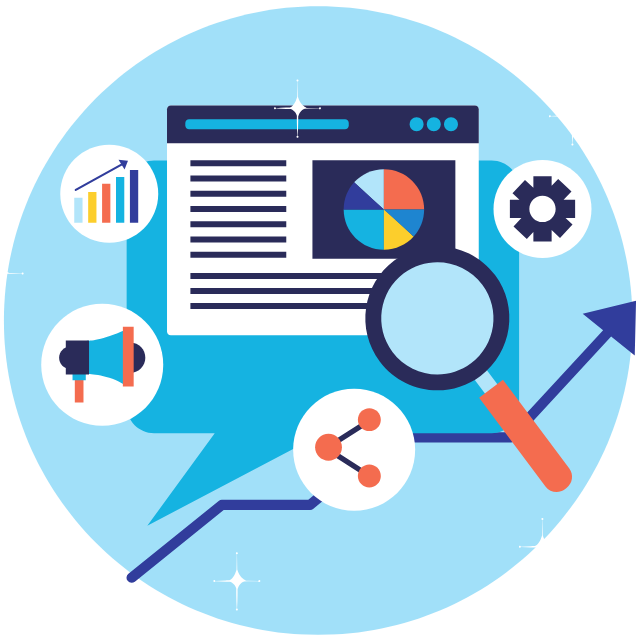
Ensure Process & Quality Governance
Interfacing’s Enterprise Process Center® (EPC) allows you to define, document, and enforce ISO 9001 quality controls organization-wide. Policies, procedures, and SOPs are directly tied to processes and roles—ensuring your QMS is embedded in everyday operations with full transparency. .

Eliminate Manual Errors with AI-Driven QMS
Standardizing documentation and workflows within EPC removes the need for spreadsheets and disconnected systems. Our AI flags outdated procedures, suggests process improvements, and helps maintain version control—reducing the risk of non-compliance and audit issues.

Gain Full Audit Readiness & Traceability
EPC provides real-time traceability across all quality processes—from document approvals to CAPA workflows. With automated audit trails and visual process maps, you’re always ready for certification audits and internal reviews, no last-minute scrambling required

Improve Operational Efficiency Without Sacrificing Compliance
Interfacing’s QMS automates routine tasks such as change control, training sign-offs, and document updates. This not only frees up valuable staff time, but also ensures consistent adherence to ISO 9001 guidelines across all departments and geographies.

Reduce the Cost of Quality Compliance
With centralized process governance and AI-enhanced workflows, EPC reduces the overhead of maintaining your QMS. From smarter audit prep to fewer non-conformities, organizations save time, cut errors, and accelerate their path to ISO 9001 certification.

Build a Culture of Continuous Improvement
ISO 9001 is about more than passing audits—it’s about evolving your organization. Interfacing’s platform helps identify quality gaps, track corrective actions, and promote ongoing learning and accountability—turning compliance into a competitive advantage.
Why Choose Interfacing?
With over two decades of AI, Quality, Process, and Compliance software expertise, Interfacing continues to be a leader in the industry. To-date, it has served over 500+ world-class enterprises and management consulting firms from all industries and sectors. We continue to provide digital, cloud & AI solutions that enable organizations to enhance, control and streamline their processes while easing the burden of regulatory compliance and quality management programs.
To explore further or discuss how Interfacing can assist your organization, please complete the form below.

Documentation: Driving Transformation, Governance and Control
• Gain real-time, comprehensive insights into your operations.
• Improve governance, efficiency, and compliance.
• Ensure seamless alignment with regulatory standards.

eQMS: Automating Quality & Compliance Workflows & Reporting
• Simplify quality management with automated workflows and monitoring.
• Streamline CAPA, supplier audits, training and related workflows.
• Turn documentation into actionable insights for Quality 4.0

Low-Code Rapid Application Development: Accelerating Digital Transformation
• Build custom, scalable applications swiftly
• Reducing development time and cost
• Adapt faster and stay agile in the face of
evolving customer and business needs.
AI to Transform your Business!
The AI-powered tools are designed to streamline operations, enhance compliance, and drive sustainable growth. Check out how AI can:
• Respond to employee inquiries
• Transform videos into processes
• Assess regulatory impact & process improvements
• Generate forms, processes, risks, regulations, KPIs & more
• Parse regulatory standards into requirements

Request Free Demo
Document, analyze, improve, digitize and monitor your business processes, risks, regulatory requirements and performance indicators within Interfacing’s Digital Twin integrated management system the Enterprise Process Center®!
Trusted by Customers Worldwide!
More than 400+ world-class enterprises and management consulting firms





















